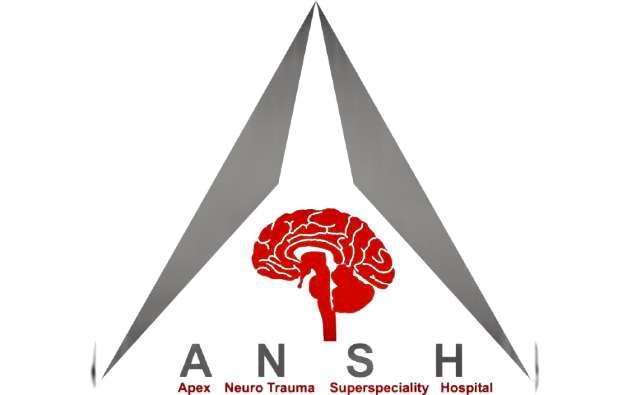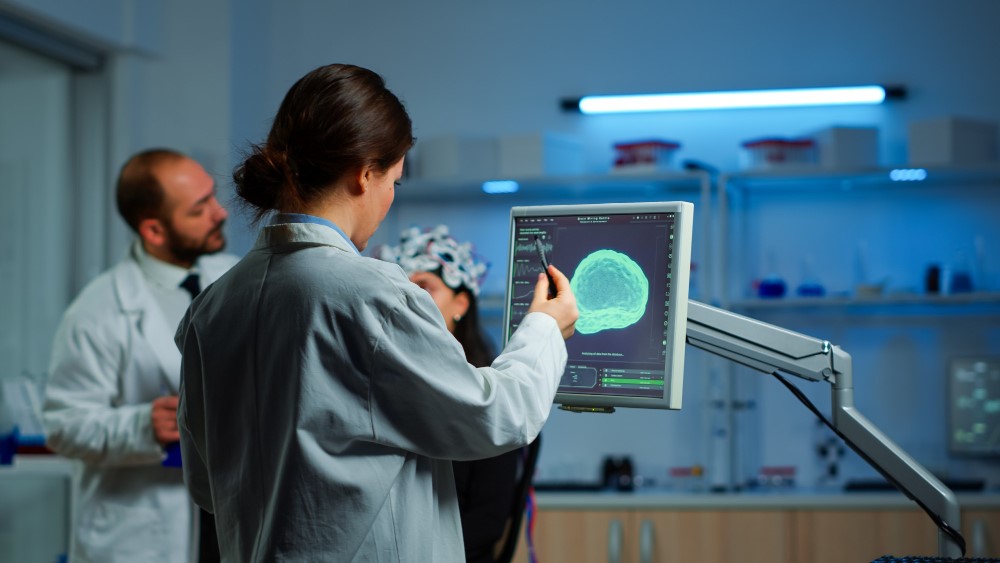Deep Brain Stimulation Surgery (DBS) is a groundbreaking procedure used to help those with neurological issues. It might sound complicated, but it’s basically like putting a tiny pacemaker in the brain. This little device helps regulate brain activity by sending electrical signals, offering relief from symptoms like tremors or stiffness. People often wonder, “What happens after DBS surgery? Am I going to feel different right away?”
After the DBS surgical procedure, most patients notice gradual improvement. Recovery time varies, but many can return to their daily routines. The potential positives of having DBS are improved control over movement disorders, with some patients experiencing a significant quality of life boost.
A big question people have is how long DBS benefits last. Generally, the positive effects can be long-lasting, although the device may need adjustments over time. It’s important to consider the advancements in DBS technology. Over recent years, devices have become smarter, more durable, and even designed to adjust themselves automatically.
In brief, Deep brain stimulation surgery works wonders for those who undergo it. Though it requires careful consideration and planning, its potential to enhance life quality is significant.
The Science Behind Deep Brain Stimulation
Let’s dive into what happens during deep brain stimulation surgery. At its core, DBS helps “reset” the brain’s electrical activity. It doesn’t remove or destroy any brain part but uses electrodes to send signals to the brain areas causing trouble.
But how does the DBS surgical procedure actually work? Here’s how it goes:
- Preparation: The patient is carefully prepared and given instructions on what the day will be like.
- Surgery: Small holes are made in the skull, and electrodes are placed in targeted brain areas.
- Device Placement: The surgeon then places the pulse generator, similar to a pacemaker, under the skin, usually near the chest.
- Activation: It might be turned on right away, or after the patient has recovered a little from surgery.
There’s also growing interest in deep brain stimulation without surgery. This non-surgical DBS option explores less invasive approaches but isn’t as widely used or available yet. Compared to traditional DBS, non-surgical methods are still under study to determine effectiveness and safety.
Evaluating the Risks and Benefits of DBS SurgerWhen considering Deep Brain Stimulation Surgery, weighing the positives and negatives is crucial. What are the benefits of DBS surgery? Primarily, it’s about improving life quality. For people with Parkinson’s Disease or Essential Tremor, DBS can lead to easier movement and fewer symptoms. Many experience reduced tremors, slowness, and rigidity.
But it’s important to discuss the DBS surgery side effects. These can be varied, like temporary tingling or dizziness, though most effects lessen over time. Right after DBS surgery, patients might feel tired but often recover fully with time. Managing these is a joint effort between the patient and healthcare providers.
Reducing risks has been a priority in recent advancements. Innovations in imaging and surgical techniques cut down on risk factors, making the process safer and more precise. New devices are also coming equipped with better software, making adjustments quicker and easier.
Weighing all these aspects helps potential patients decide whether DBS is right for them, focusing on results and well-being.
Personal Insights: Voices from DBS Patients
To get a real sense of how Deep Brain Stimulation Surgery impacts lives, hearing directly from patients is invaluable. Many share stories of reclaiming their lives, saying they chose DBS after trying other treatments that didn’t work. Their main concerns were about DBS surgery side effects, but they found that the upsides far outweighed any downsides.
Support plays a huge role. Friends, family, and healthcare providers are critical to success and recovery. They help make the transition smoother, ensuring patients don’t feel alone in the process.
Real-life advice from those who’ve undergone DBS? Be well-prepared, have clear expectations, and lean heavily on your support system. It’s vital, they say, to communicate regularly with your doctor about changes, whether big or small.
Ultimately, Deep brain stimulation surgery offers hope. It’s not just another procedure but a chance for a renewed life, showing immense promise for those needing relief from debilitating symptoms.

